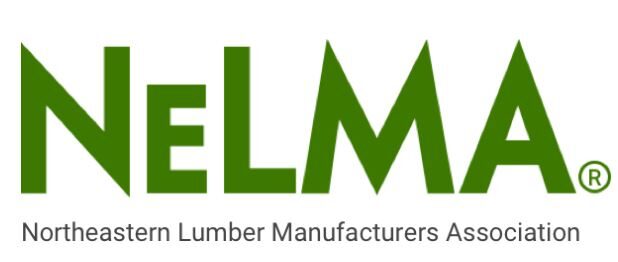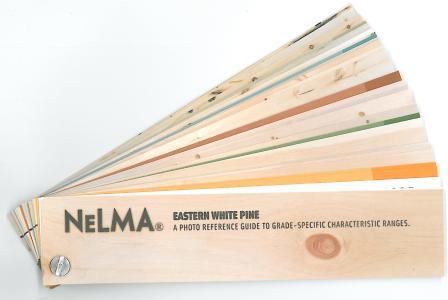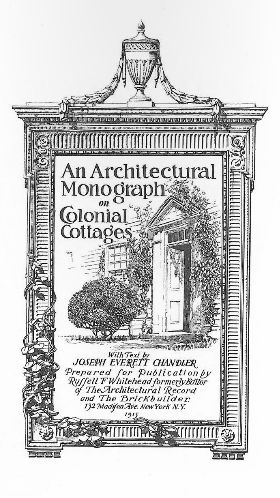As required by the American Lumber Standard Committee (ALSC), all approved species or species grouping must be tested every 5 years by their rules-writing agency to ensure that the assigned strength values are accurate as published. For NELMA that includes the species within the Spruce-Pine-Fir south (SPFs) grouping grown in the Northeast and Great Lakes region. Commonly referred to as a “monitoring” program, the testing typically includes only 2×4 lumber of No.2 grade for each individual species. Sample lumber is then destructively-tested for its bending properties. In the case of SPFs, data for the northeastern species will be incorporated with results from testing of species grown in the Great Lakes and West Coast to give a snapshot comparison of the current published values.
“monitoring” program, the testing typically includes only 2×4 lumber of No.2 grade for each individual species. Sample lumber is then destructively-tested for its bending properties. In the case of SPFs, data for the northeastern species will be incorporated with results from testing of species grown in the Great Lakes and West Coast to give a snapshot comparison of the current published values.
The process for this round of monitoring by NELMA began last winter with the submission of “A Sampling and Testing Plan for the Monitoring of Northeastern Species Within the SPF(s) Grouping” to the ALSC Board of Review. Working closely with the University of Maine’s Advanced Structures and Composite Center in Orono and the U.S. Forest Products Laboratory, the plan was approved on April 25. The commercial species components of SPFs in the Northeast are the Eastern Spruces and Balsam Fir. In addition to the required No.2 2×4 samples, NELMA added No.2 2×6 and 2×8 material at the request of the U.S. Forest Products Laboratory to supplement existing minimal data for these widths that could prove useful for future analysis purposes. A total of around 500 total samples, half Eastern Spruce and half Balsam Fir, were selected from 6 NELMA mills. The grading and selection process by NELMA’s grading staff was completed by the first week of May, and all material delivered to the UMaine Laboratory for conditioning prior to testing as prescribed in the ASTM Standard.
 Actual testing will commence the first week of August and continue throughout the month, with final analysis of the data anticipated by the end of the year. “This is an important due-diligence duty of each rules-writing agency and one that NELMA always finds as an added internal benefit for its inspection staff to enhance their grading knowledge”, reported Jeff Easterling, NELMA President. “Being able to continue our lumber testing cooperative partnership with UMaine’s Composite Center is an incredible benefit to the Association, especially on the heels of the very successful Norway Spruce testing project completed last fall.”
Actual testing will commence the first week of August and continue throughout the month, with final analysis of the data anticipated by the end of the year. “This is an important due-diligence duty of each rules-writing agency and one that NELMA always finds as an added internal benefit for its inspection staff to enhance their grading knowledge”, reported Jeff Easterling, NELMA President. “Being able to continue our lumber testing cooperative partnership with UMaine’s Composite Center is an incredible benefit to the Association, especially on the heels of the very successful Norway Spruce testing project completed last fall.”
Selection of lumber from SPFs species in the Great Lakes Region (Jack Pine, Red Pine, Eastern Spruces, and Balsam Fir) will begin mid-2018.


